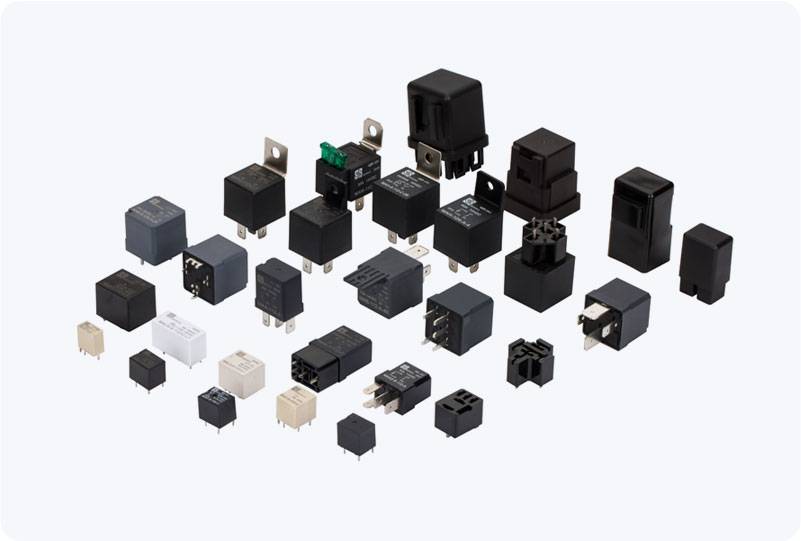Programmable Logic Controllers (PLCs) have become a fundamental element in the field of industrial automation. One crucial component that enhances the PLC’s capabilities is the control relay. A PLC control relay serves as a bridge between the low-power outputs from the PLC and the high-power devices in industrial machinery. This article explores the role, functionality, and applications of PLC control relays, highlighting their importance in modern automated systems.

What is a PLC Control Relay? A PLC control relay is an electrical switch used to control the flow of electricity to other components or devices in an industrial automation system. While PLCs themselves are designed to process and control signals, their outputs are typically low-power signals. Control relays enable the PLC to control devices that require higher currents or voltages, such as motors, lights, or other heavy-duty equipment. The relay acts as an intermediary, ensuring that the PLC can manage the operations of these devices safely and efficiently. The Role of PLC in Industrial Automation
Leave a Reply